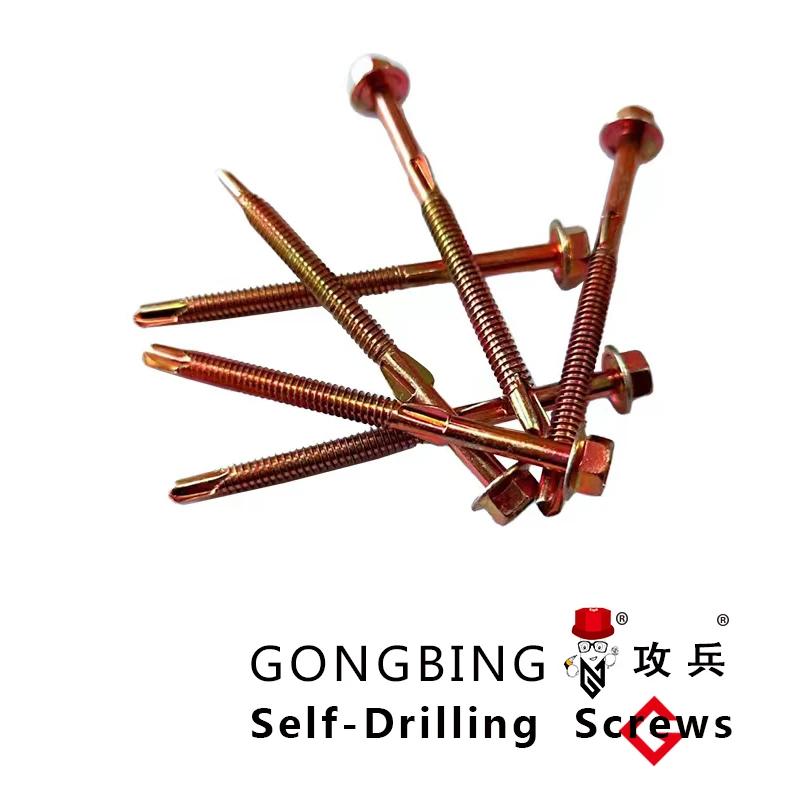continuously threaded rod
Understanding Continuously Threaded Rods Applications, Advantages, and Considerations
Continuously threaded rods are essential components widely used in various industries, from construction to manufacturing. These rods, often referred to as all-thread rods or fully threaded rods, are characterized by their uniform threads that run the entire length of the bar, allowing for exceptional versatility in applications that require fastening or anchoring. This article delves into the features, advantages, applications, and considerations of continuously threaded rods, shedding light on why they are indispensable in modern industrial environments.
Features of Continuously Threaded Rods
Continuously threaded rods are typically made from materials such as steel, stainless steel, or other alloys, ensuring durability and strength under a wide range of conditions. The most distinguishing feature is the helical thread that spirals along the entire length of the rod. This design enables a secure grip with nuts and other fasteners, making them ideal for various load-bearing applications. The threading can vary in size, pitch, and style, allowing for further customization based on specific needs.
The production of threaded rods involves a process called cold drawing, where the raw material is pulled through a die to obtain the desired diameter and finish. Following this, the rods undergo a threading process, where machines cut the threads into the material. The result is a precision component that is ready for use in critical applications.
Advantages of Continuously Threaded Rods
1. Versatility One of the key advantages of continuously threaded rods is their versatility. They can be used in a multitude of applications, including anchoring, securing structures, or as part of a mechanical system. This adaptability makes them suitable for construction, automotive, aerospace, and furniture industries.
2. Customizable Length These rods can be produced in various lengths or cut to specific sizes as needed. This flexibility allows engineers and builders to use them effectively in projects where space and configuration vary significantly.
3. Ease of Installation The uniform threading means that they are easy to install, requiring minimal effort and time. The ability to quickly attach nuts or other fasteners speeds up the construction process, making projects more efficient.
4. Strength and Durability Made from high-strength materials, continuously threaded rods are designed to withstand substantial loads and endure environmental conditions. This durability reduces the necessity for frequent replacements, contributing to long-term project sustainability.
Applications of Continuously Threaded Rods
Continuously threaded rods are utilized in a wide array of applications, some of which include
continuously threaded rod

- Construction They are commonly used to secure structural elements, such as beams and columns, to ensure stability and safety. In concrete applications, they can act as anchor bolts, providing essential support to foundations.
- Manufacturing Many manufacturing processes rely on threaded rods to assemble machinery and hold components together securely. They are integral in creating conveyor systems, automotive parts, and industrial equipment.
- Furniture Design In the furniture industry, these rods enable the assembly of various pieces, allowing for both structural integrity and aesthetic design. Their aesthetic appeal can enhance furniture designs, providing a modern, industrial look.
- DIY Projects Threaded rods are popular among hobbyists and DIY enthusiasts due to their availability and ease of use. They can be used for projects ranging from shelving units to custom fixtures and home decor items.
Considerations When Using Continuously Threaded Rods
While continuously threaded rods offer numerous advantages, several considerations must be kept in mind to ensure optimal performance
1. Selecting the Right Material Depending on the environmental conditions and load requirements, choosing the appropriate material is crucial. Stainless steel, for example, is ideal for outdoor applications due to its resistance to corrosion.
2. Thread Specifications The size and type of thread should match the corresponding nuts, washers, and anchors. Compatibility is vital for ensuring the integrity of the connection.
3. Load Capacity It is imperative to calculate the load capacity and ensure that the chosen rod can withstand the forces it will be subjected to. Overloading a threaded rod can lead to failure and compromise safety.
4. Installation Techniques Proper installation techniques should be employed to avoid issues such as bolt stretching or loosening over time. Using the correct tools and torque settings is essential for achieving the desired outcome.
Conclusion
Continuously threaded rods are vital components in a wide range of applications due to their versatility, strength, and ease of installation. Understanding their features, advantages, and considerations can significantly impact project outcomes, ensuring both safety and functionality. As industries continue to evolve, the role of these rods in engineering and construction will likely expand, reinforcing their status as indispensable assets in various fields.
-
Weatherproof Plastic Expansion Anchors for OutdoorJaunumiJun.06,2025
-
Sustainability in the Supply Chain: Eco-Friendly TEK Screws ProductionJaunumiJun.06,2025
-
Load-Bearing Capacity of External Insulation FixingsJaunumiJun.06,2025
-
Double Head Bolts: Enhancing Efficiency in Industrial MachineryJaunumiJun.06,2025
-
Corrosion Resistance in Chipboard Screws: Coatings for Wholesale DurabilityJaunumiJun.06,2025
-
Butterfly Toggle Bolts : Enhancing Structural ResilienceJaunumiJun.06,2025
